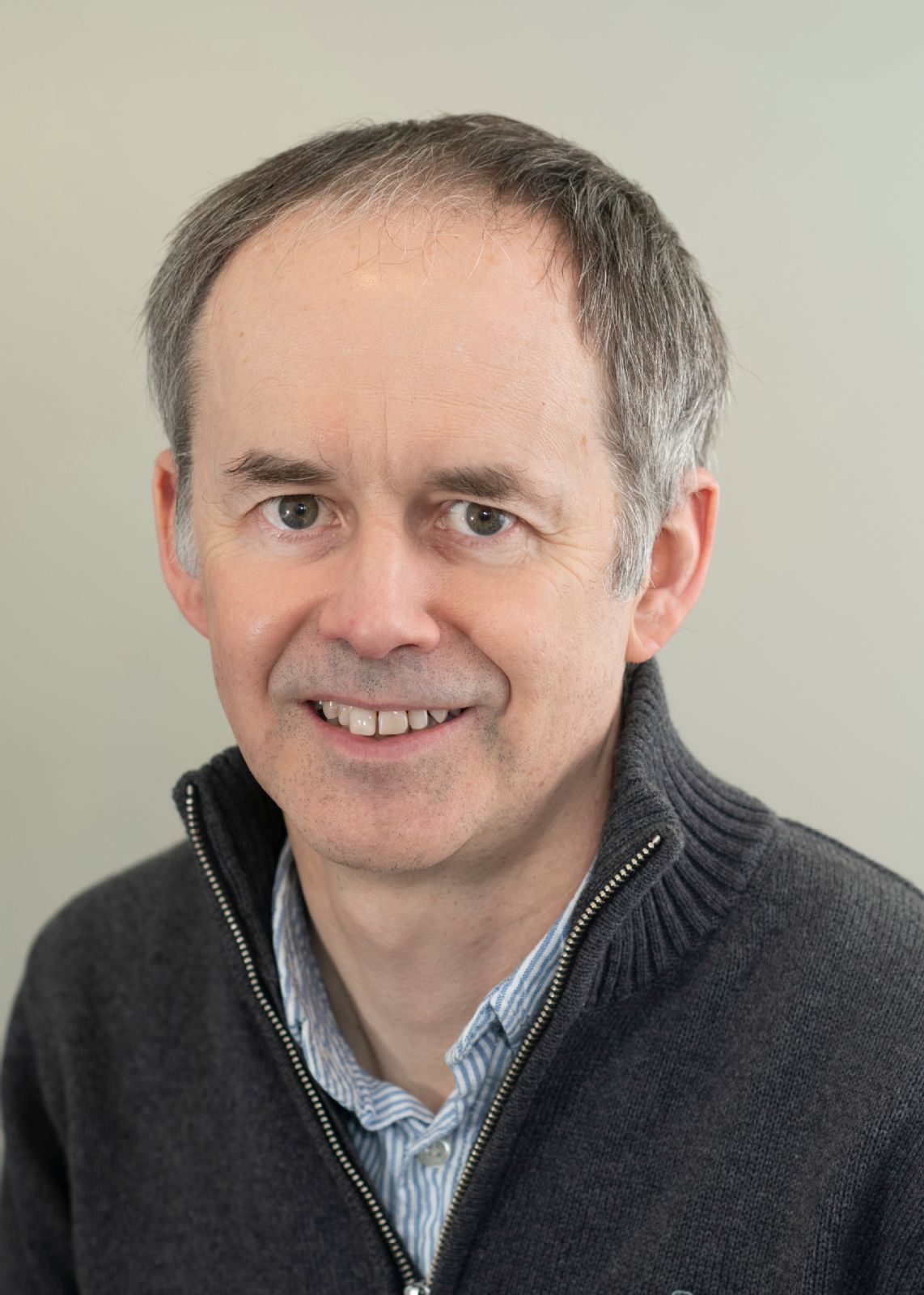Professor Alex Cameron

Professor
Email: A.Cameron@warwick.ac.uk
Phone: 024 765 72929
Office: B127
Research Clusters
Microbiology & Infectious Disease
Research Interests
How do proteins move specific molecules across cell membranes? How do other proteins act as signal transducers to turn an interaction with a molecule into a response by the cell? These are the type of questions we are trying to address in our research.
We are particularly interested in membrane transport proteins. These are proteins that act as gatekeepers to allow specific molecules, such as nutrients, to cross cell membranes, while preventing others, which may be toxic to the cell, from doing so. They can be important in the drug discovery process: drugs could be designed that would inhibit the natural function of the transporter and so kill or change the function of the cell, which could alter the course of a disease; they may be utilised to allow drugs to enter cells, or they may actively pump drugs out of the cell. We want to understand how these proteins function and how they can be controlled for drug discovery. We are doing this by investigating the atomic structure of the proteins through techniques such as X-ray crystallography or cryo-EM, in combination with biochemical experiments.
Another significant research area of the group is on a second type of membrane protein: channels. Channels open or close in response to stimuli to allow molecules to cross the membrane. The proteins that we are investigating have been shown to open and close in response to carbon dioxide by my collaborator at the School of Life Sciences, Professor Nicholas Dale. Our research focusses on understanding how changes in levels of carbon dioxide can open or close these channels, which has important consequences for the control of breathing, and how this is altered in specific diseases.
Ultimately our research revolves around a fascination of how proteins function as molecular machines, and how they can be exploited in drug discovery.
Research: Technical Summary
Membrane transporters and channels function through conformational switches. In the case of transporters this allows the transporter to change from a state where the substrate binding site faces one side of the membrane to one in which it faces the other - the "Alternating Access Model" of transport. Channels, on the other hand, are gated to allow or prevent access to a pore through which molecules can pass from one side of the membrane to the other. These switches are triggered by small molecules and ions. The predominant goal of my research is to understand the structural basis behind the switches through a combination of experimental structural biology combined with functional assays.
Recent research on transporters in my group has focussed on sodium-coupled secondary transporters belonging to two different classes: the Bile Acid Sodium Symport (BASS) family and the Nucleobase Cation Symporter 1 (NCS1) family. Through X-ray crystallography coupled with biophysical assays (stability assays, isothermal titration calorimetry, microscale thermophoresis), biochemical experiments (radio-labelled transport assays) and site-directed mutagenesis, we are beginning to understand the varying effects of binding of small molecules and ions on the conformational states of these different classes of transporter.
Research on channels has revolved around understanding the modulation of Connexin26 by the direct action of carbon dioxide on the protein. Through high resolution structures of Connexin26 solved by cryo-EM we have seen that the access route to the channel is directly affected by the concentration of CO2 in the buffer. Our current research aims to explore this further as well as expand our investigation of activation by CO2 to other channel proteins in continuing collaboration with Prof Dale.
As well as membrane proteins we collaborate with other researchers at Warwick University interested in protein structure.
- Professor, University of Warwick, 2017-
- Associate Professor, University of Warwick, 2012-2017
- Senior Research Fellow, Imperial College London, 2012-2013
- ERATO group leader, Imperial College London, 2006-2010
- Principal Research Scientist, Nerviano Medical Sciences, 2004-2006
- Principal Research Scientist, Pharmacia 2000-2004
- Senior Research Scientist, Pharmacia Upjohn, 1999-2000
- PDRA, University of York, 1999
- PDRA, Uppsala University, 1993-1998
- PDRA, University of York 1992-1993
- PhD Chemistry, University of York 1993
- BSc Biophysics, University of Leeds 1989
